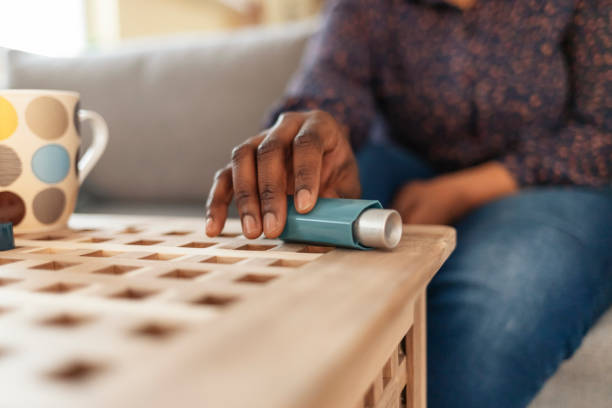
Remember all that ugly wheezing, the shortness of breath, and the persistent coughing? Yes, people with asthma can relate to how frightful life would have been without inhalers.
Just a few puffs from your inhaler can dramatically improve the constriction around your airways and enhance your breathing. But what if you are still experiencing asthma flare-ups despite religiously applying your inhaler?
A defective inhaler is often your first suspicion. But this is not always correct. How about something being wrong with your inhaler technique?
This guide will expose you to some inhaler mistakes you didn't know you were making. Oh, I will not stop there. I will also generously teach you how to correct these errors and use your inhalers more efficiently.
Day 1: Just Been Diagnosed with Asthma
1. Your aim has not been great
This is one of the most typical mistakes people make with inhalers.
Often, I see people pointing the inhaler opening straight down at their tongue or directly pointed at the roof of their mouth.
In this position, your lung is starved of the medicine it sorely needs.
Your inhaler should be pointed at the back of the throat. This position ensures maximal delivery of the medicine to your airways, easing the tightening.
Controlling Asthma: 5 Tips for Every Asthmatic
2. You have been breathing wrongly
Surprise! Different inhalers come with different optimal breathing techniques. The two most prevalent inhaler designs in circulation today are the pressurized Metered Dose Inhalers (pMDIs) and the dry powder inhalers.
With a dry powder inhaler, it is necessary to rapidly breathe in (and deeply, too, since the medicine is in powdered form), only stopping when
your lungs are filled. This ensures the drug substantially permeates your lungs to effect the needed relief.
It is different for a pMDI inhaler. For the latter, you need steady and slow breaths. This should be simultaneously performed with a single press of the inhaler's canister. Such slowed breathing shouldn't take more than 4 seconds for your lungs to fill up.
3. Oops, you don't remember to prime your inhaler
I bet you didn't take note of this before now. Priming your inhaler is particularly important when you just procured the inhaler or have not used it in the last 14 days.
If you don't spray your inhaler into the air before usage, you risk delivering an inappropriate combination of the medicine and propellant.
Priming your inhaler doesn't take more than 5 seconds. For best results, shake the canister at least ten times.
4. Your lips have been too loose around your inhaler
Here is another notorious error people make with inhalers. They don't firmly seal their lips around the inhaler's end when taking puffs.
Consequently, a sizable chunk of the medicine is lost. Clamp your lips around the inhaler when you breathe in. This produces more efficiency regarding the volume of the mixture that is ultimately delivered to your lungs.
RELATED: 3 Ways To Breathe Better At Night
5. You have been in a hurry when taking the next puff
Many people with asthma don't sufficiently space their puffs. The unfortunate implication of such hurried puffs is that the propellant and the medicine may not mix properly.
And being that the interval (between puffs) is too short, your body may not derive maximal relief from subsequent doses. It is recommended that you wait between 30seconds to a minute between puffs. Such delay allows for an optimal blend of propellant and medicine.
There you go. Here are mistakes you probably were unaware you were making when using your inhaler. Aha, here is one for the road: always check for debris before puffing from your inhaler.
Trash often gets trapped in your inhaler opening. If you don't clear it out, you risk shooting such debris right into your lungs. I need not remind you how dangerous this could be.
When you are not using your inhaler, remember to cover the mouthpiece with the cap. This goes a long way in keeping debris out.









